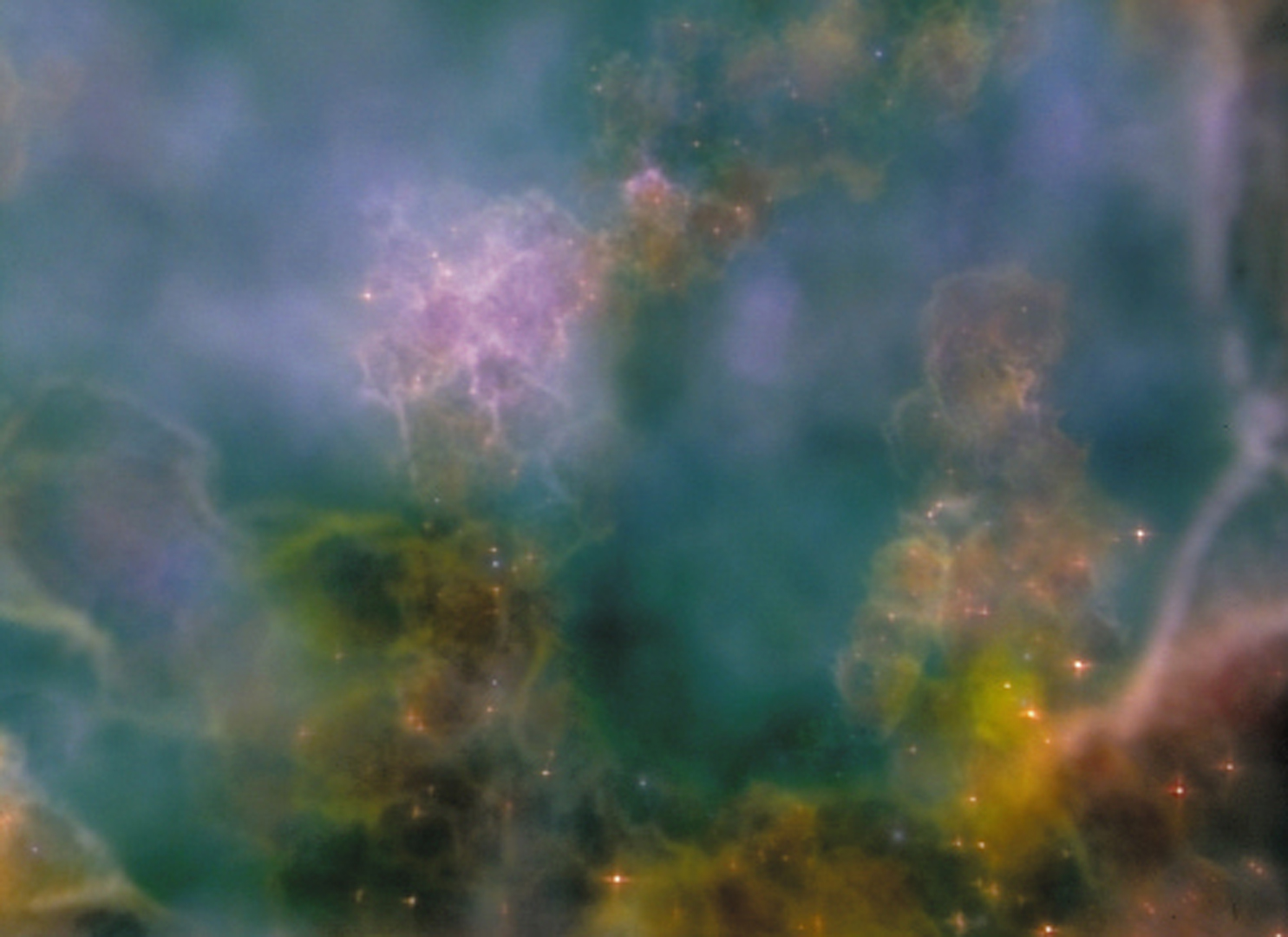“The Making of Nebula Clouds for the Motion Picture “Sphere,” with Volumetric Rendering and the F-Rep of Solids” by Kisacikoglu
Title:
- The Making of Nebula Clouds for the Motion Picture “Sphere,” with Volumetric Rendering and the F-Rep of Solids
Conference:
Director(s):
Company / Institution / Agency:
- Cinesite
Description:
This fly-through sequence of a massive nebular gas cloud was created using volume rendering of implicit surfaces to represent solid gas clouds with stars.
Volumetric rendering in various forms is becoming a useful tool in motion picture visual effects, as computational and software resources improve. Volumetric ray tracing of the implicit- surface representation of solids seems to be an excellent solution for the problem. The major difficulties encountered include the large number of implicit primitives needed to construct detailed shapes, as well as the memory needed for sampling and texturing the volumetric data. The methods we developed kept the rendering time at approximately just the time needed to trace rays through the volumetric data, minimizing the evaluation time of the implicit representation of the primitives.
In the motion picture “Sphere,” the gaseous nebula fly-through sequence required an average of 10,000 to 15,000 implicit primitives, and the total amount of memory required to store the evaluation of the f-rep was under 1GB of RAM. Rendering times for film-sized frames averaged approximately 10 to 15 cpu-hours per frame on Dec Alpha and SGI servers.
Additional Contributors:
Producer: Cinesite Digital Studios
Visual Effects Supervisor: Carlos Arguello
Digital Effects Producer: Aaron Dem





